
LEARNING LABS
Collaboration Spaces
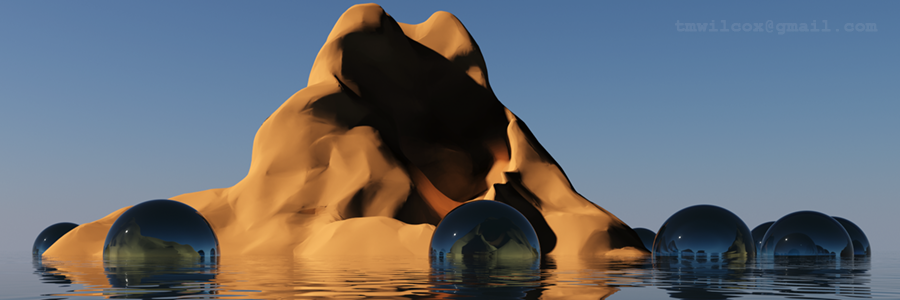
If you are preparing a virtual reality product that's more than a compact visualization, then you might consider writing a design document to organize your thoughts and ideas, especially if you're thinking about publishing. Design documents are narratives with varying amounts of detail supporting a designer's vision for an interactive product. Like movie scripts, they avoid talking about how development should proceed, leaving that to the Project Director.
Design documents can take different forms. Early on I had an idea to combine aspects of movie scripts with book outlines and flow of control diagrams. At the time there were no laptop computers or smart phones so my design documents had to work in print for portability. Linear print documents representing non-linear, multi-path story lines and GUI's needed a conceptual device or mental model to make them work. I asked my readers to imagine I was unrolling a spool of thread behind me identifying one of many possible, branching routes in a decision tree. I called these documents "threads", oddly enough. At the second annual Game Developers Conference I talked about them with other product designers doing similar things.
In the 1990's I traveled the country from San Francisco to New York presenting design documents to publishers and investors. In those days one out of ten product pitches grew legs, at which point I'd fill out my design docs with additional detail representing multiple threads, sometimes running to several hundred pages. Later I built interactive prototypes with an integrated development environment called Macromedia Director, demonstrating concepts to publishers and their in-house teams of artists, designers, and programmers.
Today everyone has experienced non-linear, interactive media, so design docs can skip over this fundamental abstraction. For a non-linear presentation anyone can use, consider writing narrative threads combined with interactive 3D models and animation in responsive web pages. Those familiar with developer tools like Unity and Maya can create functional interface mock-ups navigated with a gamepad or X-Box controller. When submitted to publishers, concepts like these presented in virtual reality have the best chance for consideration by directors and producers.
T.M.Wilcox, March, 2017
Collaboration Spaces
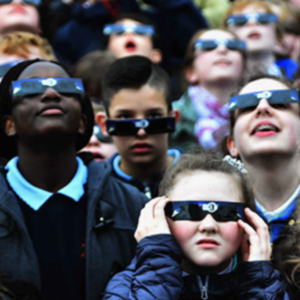
The Ultimate PDA
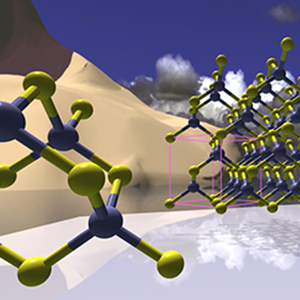
Learning To Code
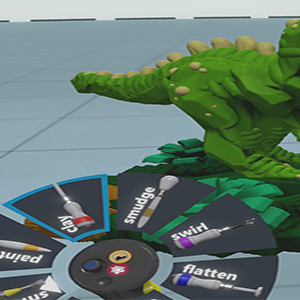
VR Interface Mock-Ups
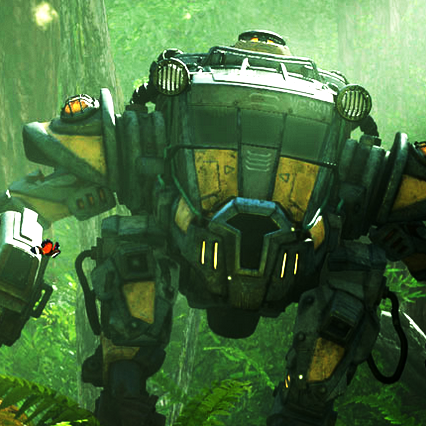
Amazon's Lumberyard Engine
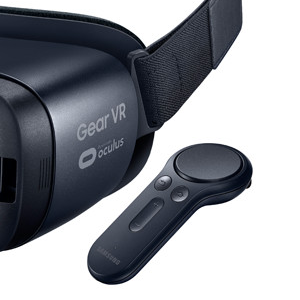
Samsung Gear-VR Controller
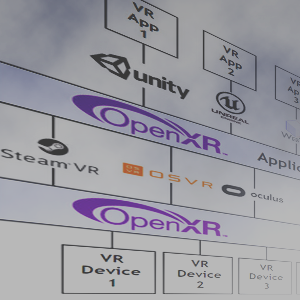
Standards For Virtual Reality
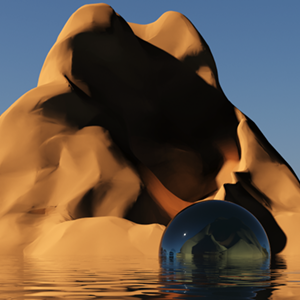
Writing Design Documents
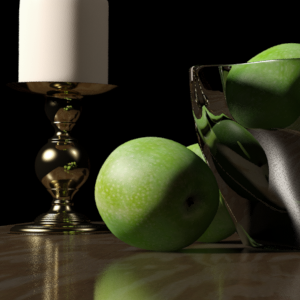
Making 3D Objects for Virtual Reality
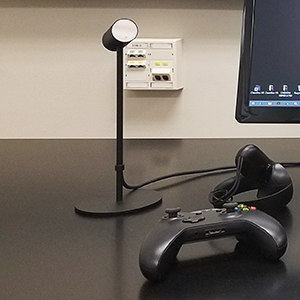
Inside-Out and Outside-In Head Tracking
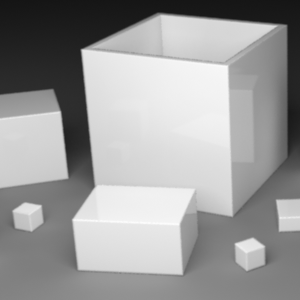
Making a Puzzle App With Unity
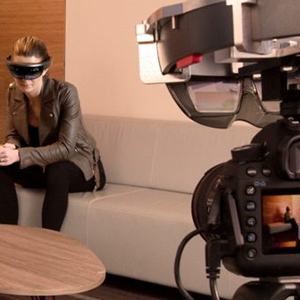
HoloLens Spectator View
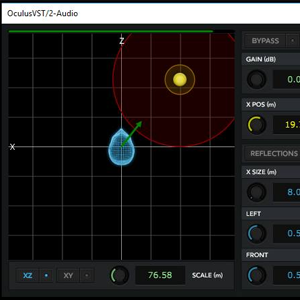
Spatialized Audio For Virtual Reality

Physical Vs. Virtual Campus Expansion
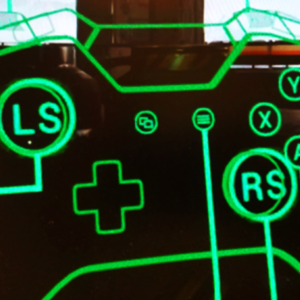
Head-Up GUI Design For VR
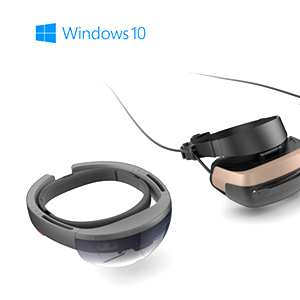
Windows 10 Creators Update
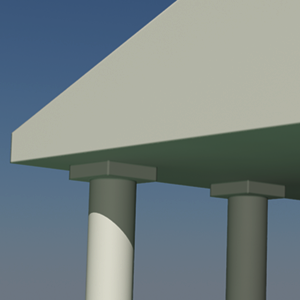
Visualizing Historic Buildings In VR
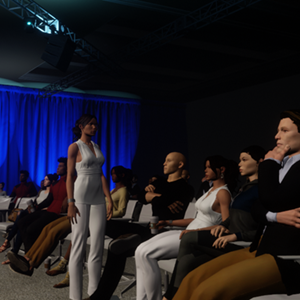
Sansar First Look
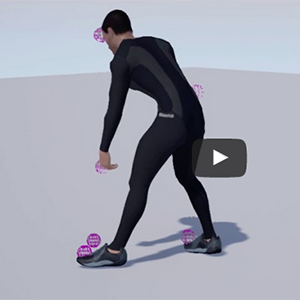
Accurate Motion Capture With Vive Trackers
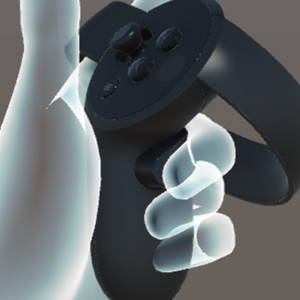
Interface Design For Oculus Touch Controllers